Prices for new solar power projects are falling so fast that the cheapest prices from 2016 have become the ceiling price for solar today.
In April 2016, Bloomberg New Energy Finance (BNEF)
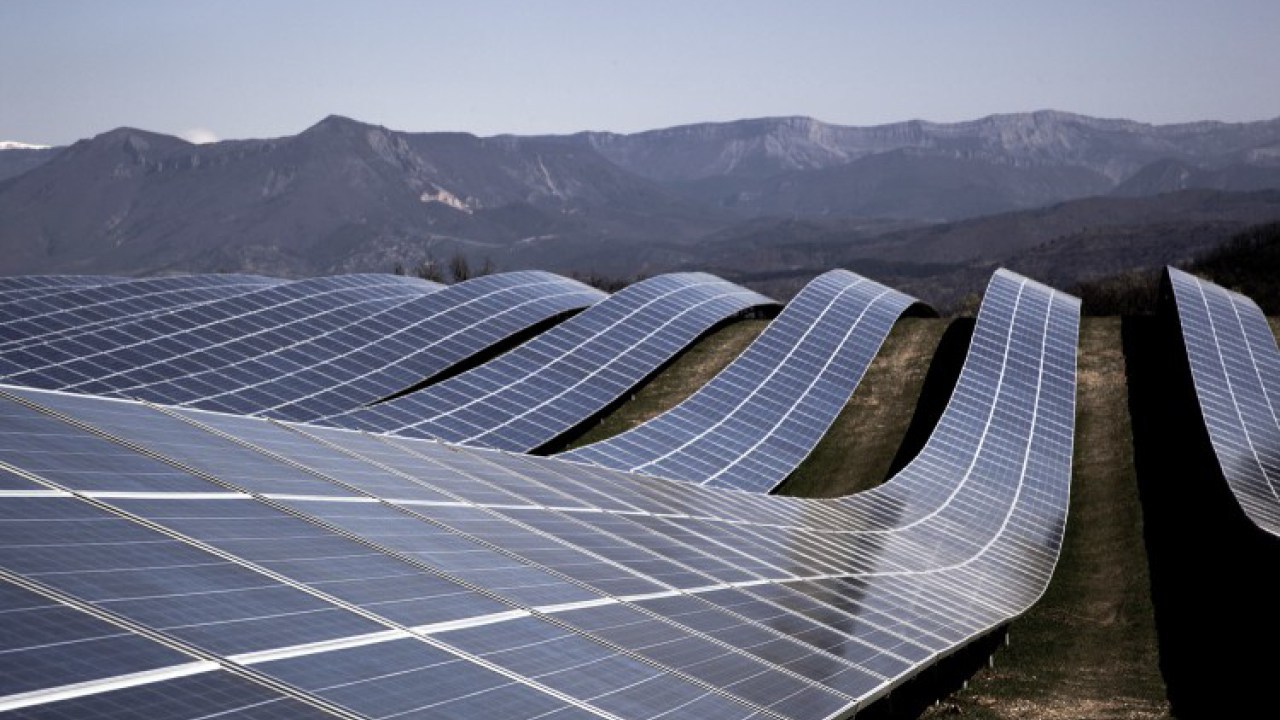
Prices for new solar power projects are falling so fast that the cheapest prices from 2016 have become the ceiling price for solar today.
In April 2016, Bloomberg New Energy Finance (BNEF)

Weeks after Hurricane Maria, Puerto Rico remains in desperate straits. The island
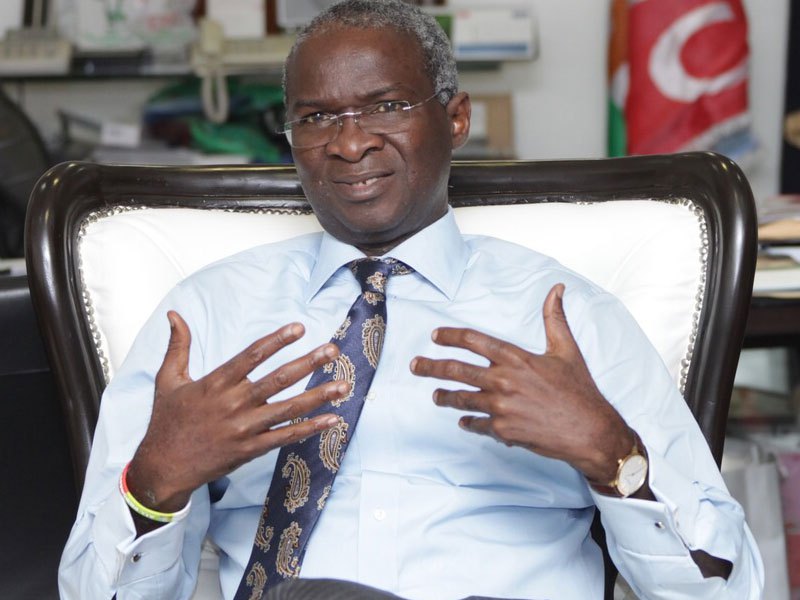
Mr Babatunde Fashola, the Minister of Power, Works and Housing, while speaking at the 20th Monthly Power Sector Stakeholders
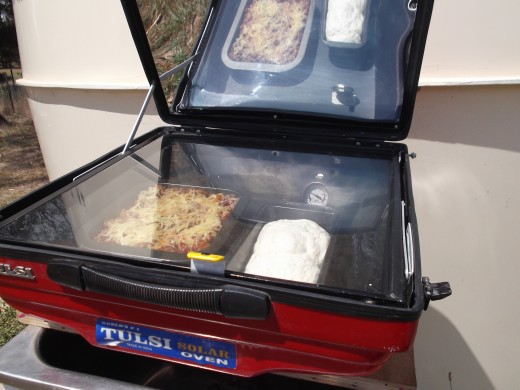
Why should rural electrification efforts worldwide

Tigo unveiled

Solar power grew faster than any other source of fuel for the first time in 2016, the
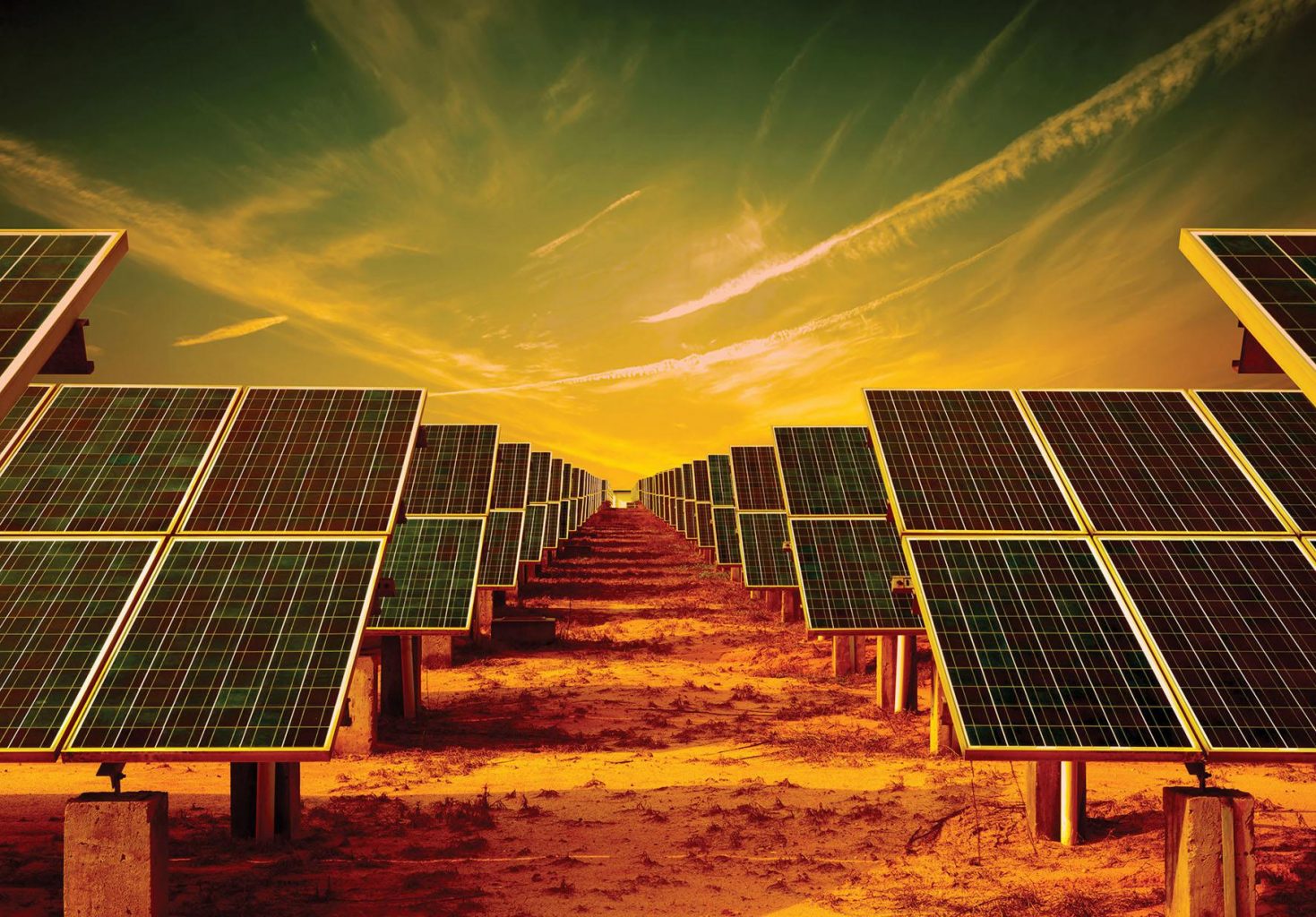
The government has fixed targets of providing electricity for 85% of rural areas by 2025 and achieving universal access to electricity for its population of around 1.7m by 2035. The objectives were set out in the Policy Letter for Universal Access for Basic Services in Rural Areas, which was approved by the Council of Ministers in September 2014, and which also noted that only 15% of rural areas had electricity as of 2014.
Achieving these targets will be a tall order, taking into account that tropical forest covers 85% of Gabon, and that the country has a population density of seven inhabitants per sq km, compared to an average of 30 per sq km for Africa as a whole, according to African Development Bank statistics from 2011. Gabon has around 3000 villages with populations of 50-1000 people.
Supplying power to all the consumers in the country
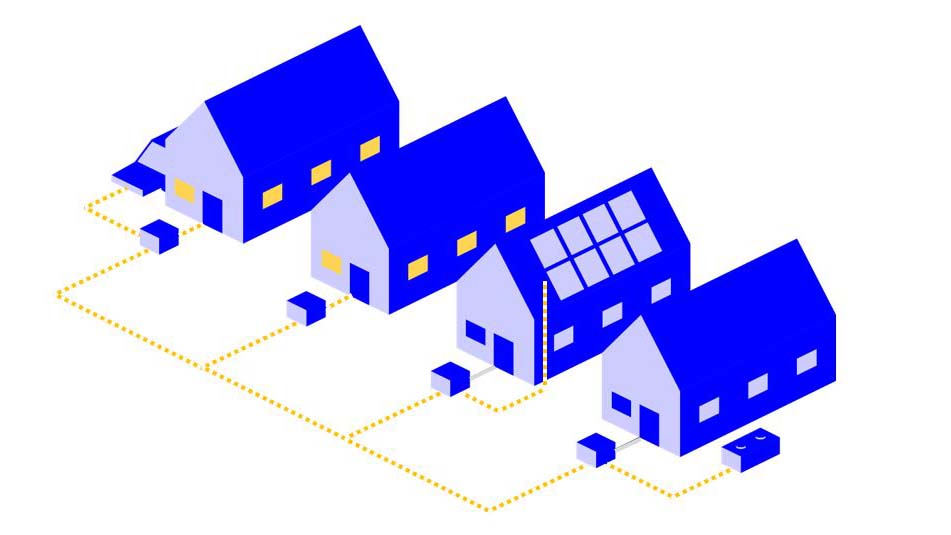
If you think you can use the solar panels on your roof to power your home during an outage, think again. During an outage, while your home remains connected to the grid, the devices that manage your solar panels are powered down for safety reasons. In other words, this permanent connection to the grid makes it impossible for homeowners to draw on power generated by their own renewable energy resources.
A team of engineers at the University of California San Diego wants to change this. They have developed algorithms that would allow homes to use and share power from their renewable energy sources during outages by strategically disconnecting these devices, called solar inverters, from the grid. The algorithms work with existing technology and would improve systems’ reliability by 25 to 35 percent. Researchers detail the algorithms and their applications in a paper they presented at the American Control Conference in Seattle, Wash.
“We were inspired to start investigating a way to use renewable power during outages after Hurricane Sandy affected eight million people on the East Coast and left some without power for up to two weeks,” said Abdulelah H. Habib, a Ph.D. candidate in mechanical engineering at UC San Diego and the paper’s first author.
Just a few hours without power can cause massive losses to both product and revenue. Every year, 7 million customers experience power outages. Outages that last more than 5 to 10 minutes cost customers more than $80 billion each year.
How the algorithm works
The innovation here is the algorithm’s capability to prioritize distribution of power from renewable resources during an outage. The equations take into account forecasts for solar and wind power generation as well as how much energy storage is available, including electric vehicles, batteries and so on. The algorithm combines that information with the amount of energy that the residents are projected to use as well as the amount of energy that a cluster of homes can generate.
The algorithm could also be programmed to include a priority function, based on different parameters. For example, customers who are willing to pay more could get priority to get power during an outage. Or customers who generate more energy than they produce during normal operations would not lose power during an outage. More importantly, the algorithm could give priority to customers who are in urgent need of power, because they use life support equipment, for example.
Hardware and storage
Researchers investigated what energy storage configuration would work best with their algorithm. Although having energy storage systems in each home leads to optimal performance, most customers preferred to share a community-scale storage system, which dramatically cut down costs.
“Houses connected together are much more resilient during outages,” said Raymond de Callafon, a professor of mechanical engineering at the University of California San Diego, and one of the senior authors of the paper. “They’re also more resilient to price fluctuations. They can do a much better job at sharing resources and it benefits every house.”
The algorithms work with existing technology but they require each home to be equipped with circuit breakers that can be remotely controlled–and these devices are not yet widespread. Utilities also would have to install advanced communications methods that allow the power systems in a residential cluster to talk to one another.
In addition, all homes with solar panels are equipped with inverters, which turn the direct current power generated by the panels into alternating current that can circulate on the grid.
These are so called “grid following” devices, because they can only connect to the grid. To bring together a cluster of homes, each house needs to be equipped with a “grid forming” inverter, which can connect to similar devices at other residences.
Next steps
Next steps include showing that the system is reliable in the lab, with software and hardware both in the loop. Finally, regulations would have to change nationwide. In most states, individual home owners are not allowed to sell power to other residential owners.
Until new regulations are in place, researchers point out that the technology would also benefit businesses equipped with renewable power sources that need constant power and do not have backup generator.
Source –

Solar energy breaks more grounds as the Acting President, Yemi Osinbajo, Tuesday
Over the weekend AWPS Renewable Energy was at Adventist Secondary Technical College in Owerrinta to introduce the students to solar power.
As Nigeria’s #1 provider of premium quality solar power, we believe that it is incumbent on us to groom the next generation of solar enthusiasts. And the best place to start is with our children.
My wife, Mrs Ann Suzette Onwuasoanya had done some STEM related work with the school under the leadership of the old principal Dr. KCK Nwangwa and we are continuing with the new leadership.
We are excited to work with the new principal Mr. Nwaejike. We will also be working with assistant Principal Chioma Ogwuma and Life Science instructor Ifeanyi Azode to bring the magic of solar power to the students as directed by Mr. Nwaejike. The new principal is a forward thinker that quickly grasped the opportunity that this presented to the institution.
The principal was thankful and hoped AWPS Renewable Energy LTD, would do more to support the school in the future.
As part of the program AWPS Renewable Energy’s initial donation is
one 100 watt solar panel,
one 200 AH 12 V battery,
one PWM charge controller and
a few hours a quarter of our technical associates time.
In addition to learning how solar works and how to make the connections the students will conduct an energy audit of the school to learn how we can reduce the schools electricity consumption. Working with our company, they will design an alternative to their generator and build a working prototype.
We are very excited at the opportunity to not only give back but to create the next generation of energy experts.
Why have you not gone solar?
Source